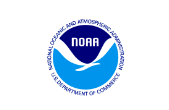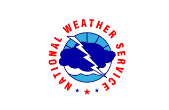a world leader in
meteorological training
modeling applications
& observation systems
Our Mission
ICDP's REACH AND INTERESTS ARE TRULY GLOBAL
We are uniquely positioned to extend our collaboration with international colleagues to advance training and technology for partners around the world. We work closely with international partners and partners in many global regions to meet the hydrometeorological needs for individual locations or entire regions.
ICDP focuses primarily on projects to improve rural and remote communication of meteorological information. To accomplish its mission, ICDP engages in the development of communication tools, provides training, and manages pilot and quasi-operational systems.

Impact-based forecasting
Low-cost instrumentation
Display and decision support
Next-Gen cloud-based modeling
Custom operational training
WHAT WE DO
COMET staff have scientific expertise in many environmental science disciplines as well as in instructional design and education. As part of COMET’s international capacity development offerings, we have developed and provided a variety of innovative technology solutions.
COMET and ICDP implement technology and provide training through partnerships with universities, scientific labs, WMO, National Meteorological and Hydrological Services, NGOs, and private industry.
OUR STORY
The origins of IDCP begin with a program called RANET (Radio and Internet for the Communication of Hydro-Meteorological and Climate Related Information) in 2009
In order to address a wider range of communication issues, the International Extension and Public Alert Systems (IEPAS) program was born out of RANET
IEPAS evolved and expanded to become the all-encompassing International Capacity Development Program in 2014
The program has and continues to work in parts of Africa, Asia, Pacific region, Central America, and the Caribbean
ICDP is supported by,





